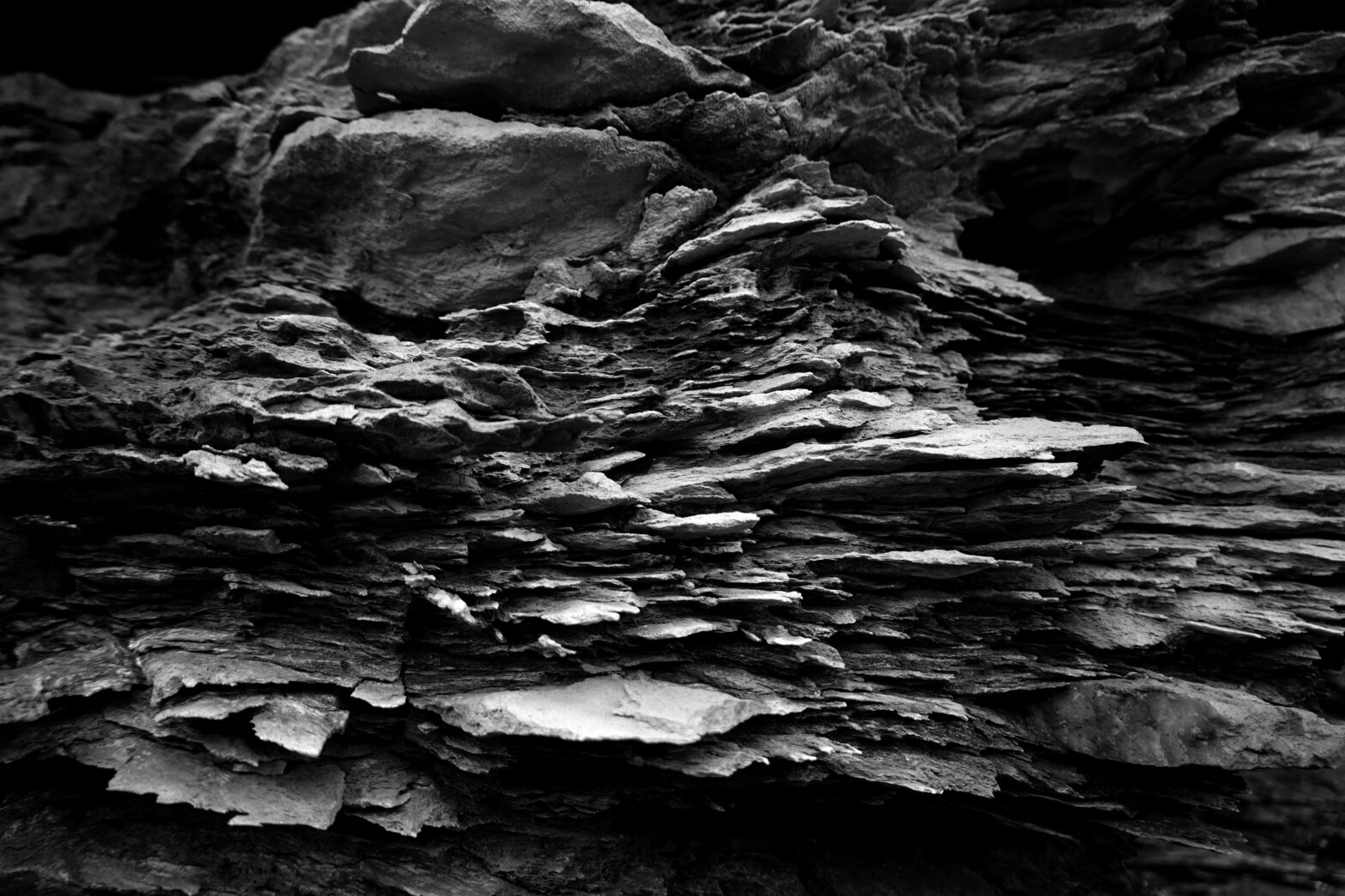On the origin and habitability of the landscape in fjords and channels of Tierra del Fuego
The region of fjords, channels, and archipelagos south of Tierra del Fuego is characterized by rugged terrain, with high and steep mountains bordered by deep incised valleys that even govern the underwater landscape. Its origin ingeniously links tectonic and climatic processes, embracing persistent uplift as a result of endogenous folding and faulting, as well as depressions and exhumations caused by the weight and carving of glaciations.
Tectonics have continuously generated, earthquake after earthquake, the development of a complex network of faults and fractures, many of which reach the surface, creating jumps in the landscape as well as zones of weakness. Pleistocene ice masses, on the other hand, have taken advantage of the slopes and areas of weakness (high concentration of fractures and rocks crushed by faults) to settle and advance. Glaciers in their upper parts have eroded and polished mountains, defining the high peaks of the Darwin Range. Moreover, as they moved, they dug and smoothed wide valleys with gentle profiles, many of which were invaded by the sea in resonance with the melting of the ice and the rising average sea level.
Continue reading “Geological observations”